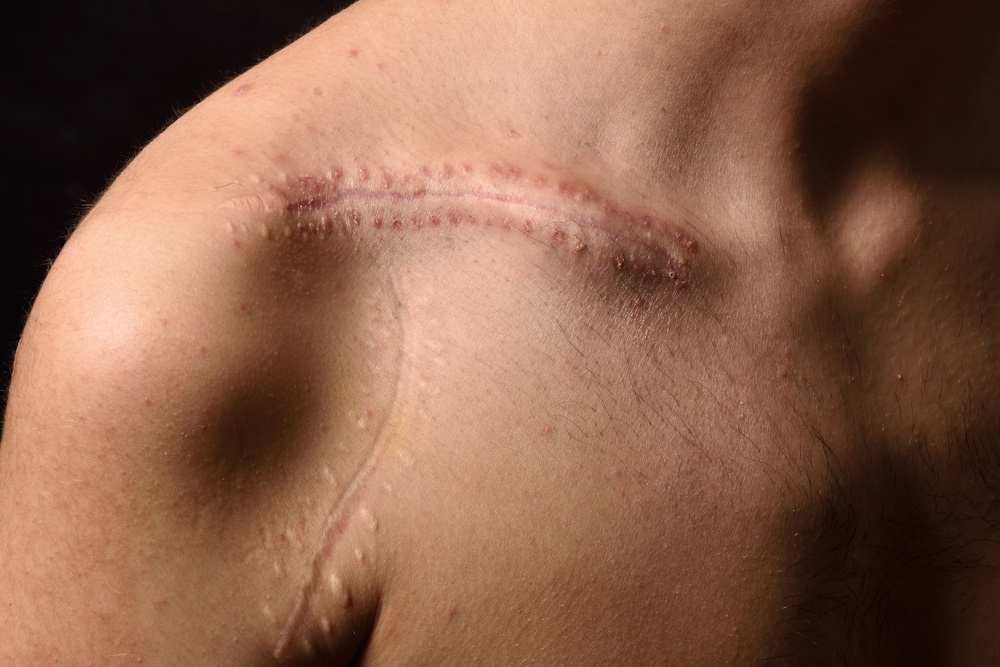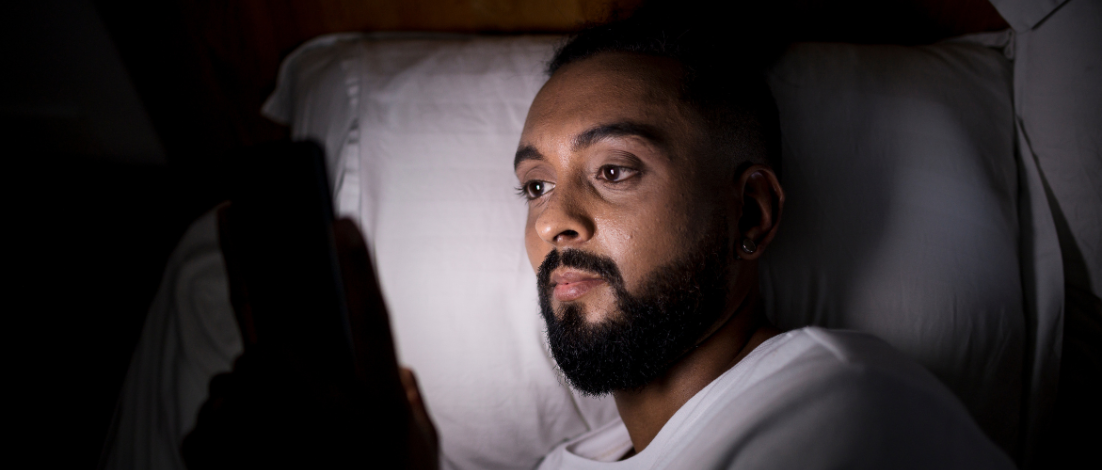Scars are a normal part of healing after an injury or surgery. In many cases, scars fade and become less noticeable over time. For some veterans, however, scars remain problematic long after the skin has healed. These are often referred to as unstable scars. An unstable scar can involve repeated skin breakdown, discomfort, and ongoing irritation.
For veterans navigating the VA benefits journey, understanding how unstable scars are defined and evaluated (and how medical evidence fits into that process) can be an important step.
Trajector Medical Tip: We provide medical evidence consulting to help you organize your records for VA evaluation. Because the VA is increasingly looking for objective evidence of pain and instability, having your clinical notes organized is essential.
What Makes a Scar “Unstable”?
Under 38 CFR § 4.118 (Skin Conditions), Diagnostic Code 7804, the VA has a specific legal definition.
A scar is considered unstable if there is: “Frequent loss of covering of skin over the scar.“
In simple terms, the skin covering the scar is fragile and may repeatedly break down, scab, or ulcerate, even without a new injury. This ongoing instability is what separates unstable scars from scars that are considered stable.
Types of Scars That May Become Unstable
Unstable scars can take different forms depending on how the skin healed and the type of injury involved.
- Keloid Scars
- Thick, raised scars that extend beyond the original wound’s edges.
- More common in individuals with darker skin tones.
- May be itchy, painful, or cosmetically concerning.
- Hypertrophic Scars
- Thick and raised but confined to the original wound site.
- Often caused by tension or poor healing during the wound closure process.
- Contracture Scars
- Result from significant skin damage, such as burns.
- Can tighten the skin, affecting nearby muscles, joints, or tendons, leading to restricted movement.
- Linear vs. Nonlinear Scars
- Linear scars are straight and often result from surgical incisions or minor cuts.
- Nonlinear scars may spread in irregular directions, often seen with burns or severe injuries.
Not all scars become unstable, but medical records can help describe whether skin breakdown or irritation occurs over time.
2026 VA Ratings for Unstable or Painful Scars
The VA evaluates unstable or painful scars under Diagnostic Code 7804, based primarily on the number of affected scars.
VA Evaluation Levels (DC 7804)
| Number of Scars | VA evaluation |
| 1 to 2 Scars | 10% |
| 3 to 4 Scars | 20%* |
| 5 or more Scars | 30% |
If a scar is both painful and unstable, the VA may add an additional 10% to the evaluation.
2026 Monthly Compensation (Single Veteran, No Dependents)
Based on the finalized 2026 VA compensation rates, effective December 1, 2025:
| VA Rating | Monthly Amount |
| 10% | ~$180.42 |
| 20%* | ~$356.66 |
| 30% | ~$552.47 |
Note: Compensation amounts vary depending on dependency status and a veteran’s overall disability picture.
The “8 Characteristics of Disfigurement”
Unstable scars are distinguished by their lack of resolution. Unlike stable scars that fade and flatten over 12–18 months, unstable scars may remain raised, red, itchy, or painful indefinitely. They can also spread or change over time, leading to functional limitations or psychological distress.
Factors influencing unstable scar development include:
- Length: 5 inches or more.
- Width: 1/4 inch or wider at the widest point.
- Surface Contour: Noticeably elevated or depressed upon touching.
- Adherence: The scar is “stuck” to the underlying bone or muscle.
- Pigmentation: Abnormal color covering more than 6 square inches.
- Texture: Skin is scaly, shiny, or irregular over 6 square inches.
- Tissue Loss: Missing soft tissue beneath the scar.
- Hardness: The skin is indurated (hardened) or inflexible.
Medical documentation describing these features can help clarify how a scar affects appearance or function.
Scars as Secondary Conditions
Scars may appear as a secondary result of another condition or medical procedure. Examples include:
- Surgical scars following treatment for orthopedic, abdominal, or joint conditions
- Burn scars related to service injuries
- Visible scars that contribute to emotional distress or social discomfort
How these scars are evaluated depends on medical documentation and individual circumstances.
Possible Complications of Unstable Scars
Physical Effects
- Ongoing pain or itching
- Skin breakdown or irritation
- Restricted movement near joints
Psychological Effects
- Self-consciousness or reduced confidence
- Anxiety or social withdrawal related to visible scars
Some medical literature has also noted that long-standing burn scars may require monitoring for rare skin changes over time.
Treatment Options (Medical Overview)
Treatment approaches depend on scar type and severity and may include:
Non-Surgical Options
- Silicone sheets or gels
- Compression therapy
- Topical medications
- Laser treatments
Surgical Options
- Scar revision or excision
- Skin grafting for severe contractures
Medical treatment records often provide important context when scars are evaluated.
The Role of Medical Evidence
Medical evidence can help document:
- Repeated skin breakdown or instability
- Pain or tenderness noted during exams
- Functional limitations caused by the scar
Trajector Medical helps veterans review and organize this information so they can decide how to use it during their VA benefits journey.
2026 Policy Watch: Objective Evidence of Pain
A significant update for 2026 is the VA’s proposed shift toward requiring objective evidence of pain. Previously, a veteran’s statement (“it hurts”) was often enough. Moving forward, examiners may look for physical signs, such as wincing or tenderness during palpation, to verify a “painful” rating. This makes your treatment records and clinical notes from a dermatologist even more vital.
Seeking Professional Help
Remember, veterans deserve the support they’ve earned. If you want to learn more about medical evidence, contact our team of experts. Start your FREE Medical Evidence evaluation today with Trajector Medical, or watch real testimonials and stories of our clients.








